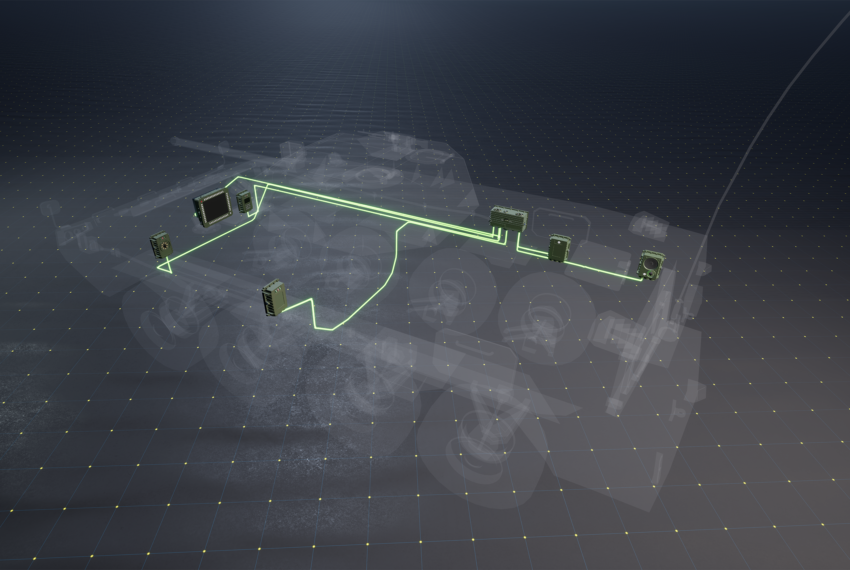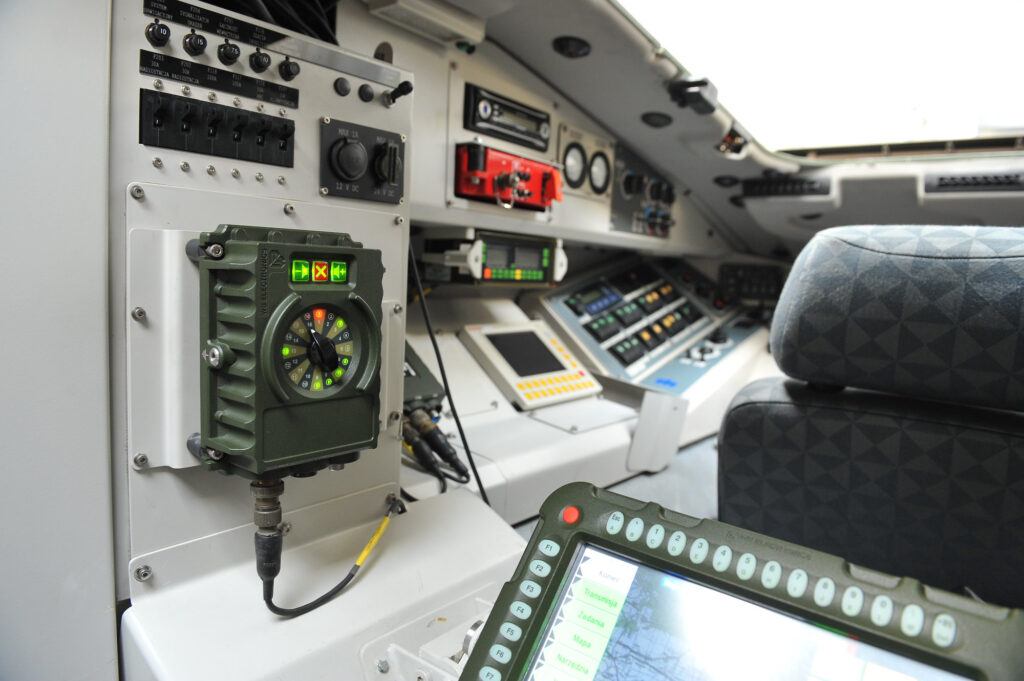FONET Digital Communication Platform
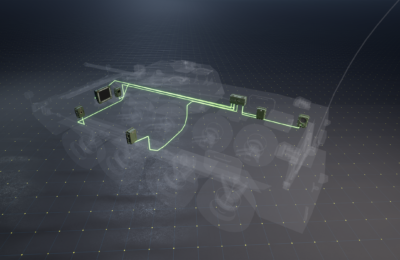
Digital communication platform FONET hardware, when integrated on board a tactical ground vehicle, provides end users with the ability to operate a variety of mission capabilities to enhance connectivity and situation awareness; provide accessibility to lethal and non-lethal effectors; and reduce decision-making and targeting cycles at the lowest tactical level.
This aggregation of C4ISTAR systems from across the battlespace not only enhances the operational effectiveness of small unit teams but also provides redundancy levels in data pathways particular relevant to missions conducted in Command and Control Disrupted or Denied environments (C2D2Es) similar to those currently being witnessed in eastern Europe.
Specifically designed to support the generation and management of a Collaborative Operating Picture (COP), FONET enables ground forces to operate C4ISTAR configurations across any platform agnostic tactical ground vehicle employed on the battlefield.
Digital communication platform FONET has the ability to integrate C4ISTAR, battle management, fire control systems and other specialist applications into a single end user interface.
Networking together the multiple electronic components of a tactical ground vehicle, Digital communication platform FONET hardware can be used to support both inter- and intra-team voice and data communications while also providing additional reach back to tactical operations centers and headquarters further afield.
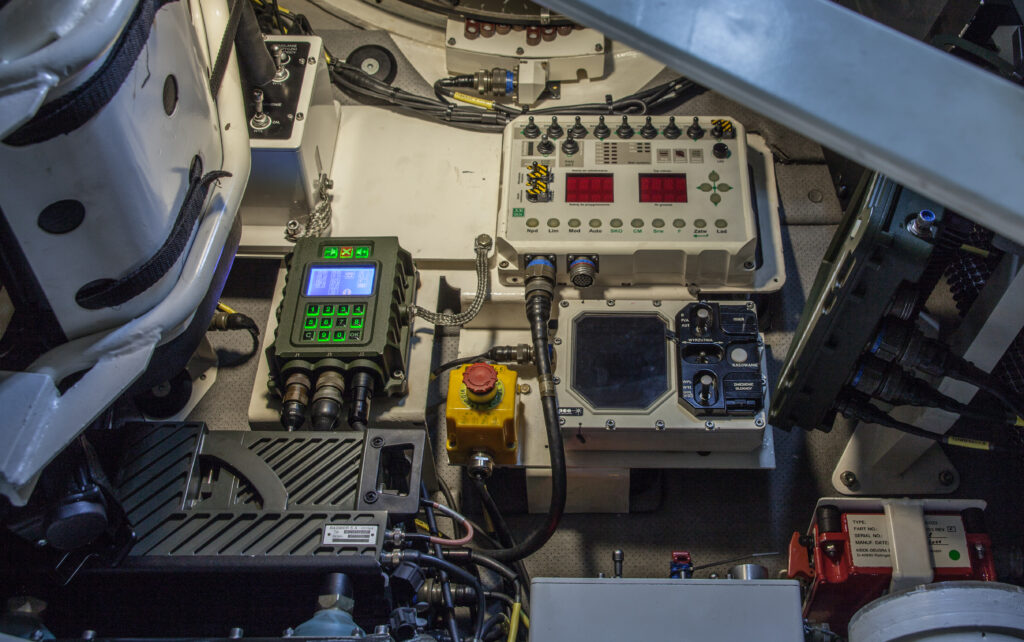
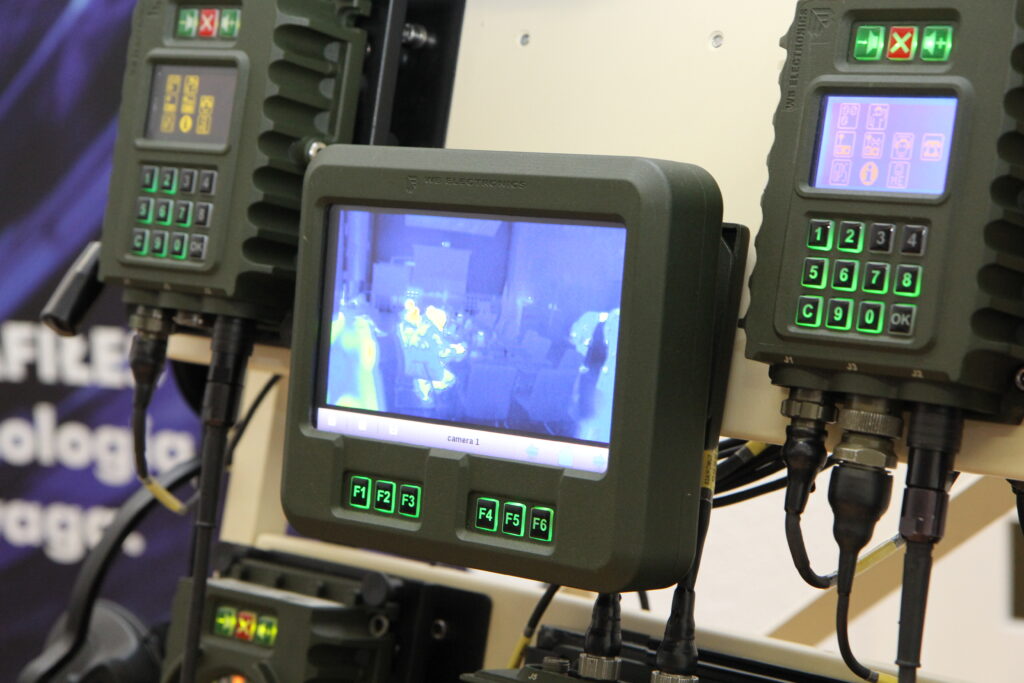
The FONET system components have been designed to meet the needs of their direct users and to facilitate to the maximum the processes of installation and upgrading of older military vehicles.
The small size and variety of modules, the possibility to programmatically and flexibly define functionalities and connections details enable the optimum selection of a suitable type of desktop for every crew member, easy integration in any military vehicle and susceptibility to expand and modify the installation, virtually without limitation. Possible changes in the structure of connections between members of the crew, access rights to means of communication, data flow diagram, changes in the quantity and types of headsets are performed through modifications of the system configuration. This approach also enables the continuous development of the system functionality without having to replace the hardware.
FONET provides connectivity, which is not confined to a single military vehicle. It provides a basis for building complex battlefield management systems (BMS, C4I), where the possibility of digital voice communication and data exchange between military vehicle crews are of fundamental importance. The standard double conductor field cable PKL (or LFC – Light Field Cable), which is the transmission medium of the FONET network, allows for undisturbed, simultaneous data transmission and conversations at distances of up to 1 200m and 3 000m. Does the same double-conductor wire combine superior officer’s desktops outside and inside a military vehicle. With this solution, every superior officer can work outside a military vehicle, having access to an identical set of features as those available insides. Cable connectivity allows to carry out operations during radio silence (resistance to enemy electronic warfare). The system’s central unit is additionally equipped with a dual-port link of a distributed Ethernet network, which allows for the direct connection between a military vehicle and tactical IP networks. The system provides interfaces for connecting a military vehicle to field telephone networks as well as to public telephone networks PBX. Moreover, the computers manufactured by WB Electronics are equipped with FONET interface and can serve as complete portable operating posts ensuring continuity of command and access to mobile means of communications, including elevated command posts.
- modular, scalable system design,
- full software configuration, even after installation,
- simple and inexpensive wiring,
- light field cable provides power to desktops as well as simultaneous digital voice communication and data transmission over long distances,
- on-board communication (data exchange and digital voice communication) at the level of a single military vehicle from a tank to complex command military vehicles,
- digital voice communication and data exchange between multiple military vehicle crews being the base for building complex battlefield management systems (BMS, C4I),
- digital speech signal processing with noise reduction,
- adaptive noise reduction algorithms in each audio channel,
- voice messages in many languages (also recorded by the user),
- intuitiveness and simplicity in use
- data exchange and digital voice communication at the level of a single military vehicle and between vehicles,
- transmission of data available on every desktop,
- support for multiple data transmission protocols, including data packets,
- monitoring of alarm signals associated with triggering of voice and text messages,
- integration of devices with different interfaces,
- support for multiple radio stations in analogue and digital modes, automatic building of communication networks,
- ensuring cooperation of various types of different generations of audio resources.









